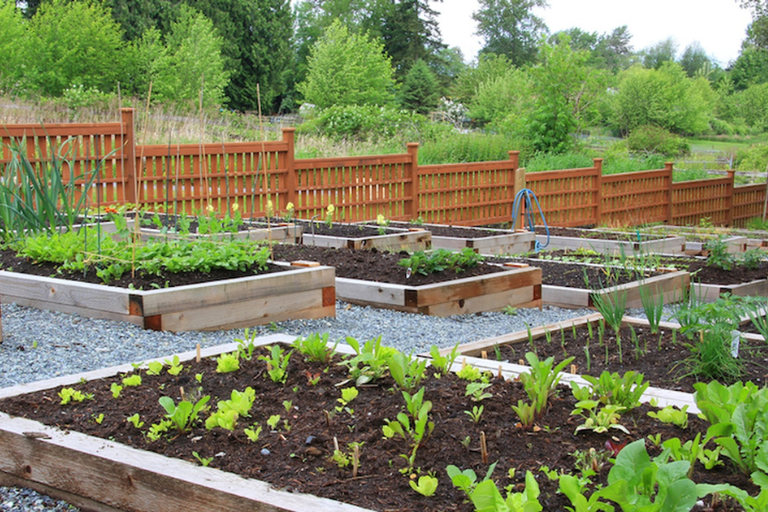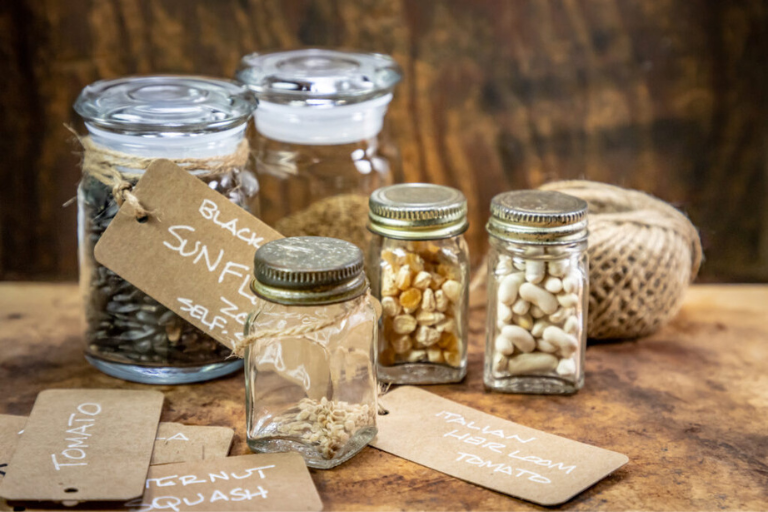In a world where sustainability and self-sufficiency are gaining momentum, growing our own food has become a popular choice. Whether you have a vast garden or just a small balcony, natural food planting methods allow you to connect with nature, promote biodiversity, and enjoy the freshest produce possible. In this article, we will explore ten ways to naturally plant food that will help you embark on a rewarding journey towards a greener, healthier lifestyle.
Organic Gardening: Embrace the principles of organic gardening by avoiding synthetic fertilizers and pesticides. Utilize compost, organic matter, and natural pest control methods to create a healthy ecosystem within your garden. This approach not only enhances soil fertility but also ensures the food you grow is free from harmful chemicals.

Companion Planting: Practice companion planting by strategically placing complementary plants together. For example, pairing tomatoes with basil or marigolds can deter pests and enhance growth. The mutual benefits of companion plants create a harmonious environment that maximizes productivity.
Crop Rotation: Rotate your crops annually to prevent the depletion of nutrients and control pests and diseases. By alternating plant families, you reduce the risk of soil-borne pathogens and maintain a balanced nutrient profile, leading to healthier plants and better yields.
Intensive Gardening: Optimize your growing space through intensive gardening techniques such as raised beds, vertical gardening, or square foot gardening. These methods make efficient use of limited space, allowing you to grow a variety of vegetables, herbs, and fruits in a small area.
Seed Saving: Become self-reliant and preserve heirloom varieties by saving seeds from your harvest. Select the best plants, collect and store the seeds properly, and replant them in subsequent seasons. This practice promotes biodiversity and helps maintain genetic diversity in our food supply.

Mulching: Protect your plants and conserve water by applying organic mulch around them. Mulching helps retain moisture, suppress weeds, and regulate soil temperature. Use materials such as straw, leaves, or grass clippings to create a natural, biodegradable barrier for your crops.
Rainwater Harvesting: Make the most of nature’s gift by collecting rainwater for irrigation. Set up rain barrels or rainwater harvesting systems to capture and store rainwater. This method reduces your reliance on municipal water supplies and ensures your plants receive chlorine-free water.
Vermicomposting: Transform kitchen scraps into nutrient-rich compost with the help of earthworms. Vermicomposting is a simple and odorless method that converts organic waste into valuable humus, enriching your soil and nourishing your plants. Start your own worm bin and witness the magic of these natural recyclers.
Permaculture Design: Adopt permaculture principles to create a self-sustaining food production system. Design your garden to mimic natural ecosystems, integrating edible plants, beneficial insects, and wildlife. By embracing diversity and harmony, permaculture encourages ecological balance and resilience.
Indigenous and Native Plants: Celebrate biodiversity by incorporating indigenous and native plants into your garden. These species are adapted to your local climate and require fewer resources to thrive. By planting native flora, you support the local ecosystem, attract pollinators, and contribute to the preservation of regional biodiversity.
Natural food planting methods provide a fulfilling and sustainable way to produce your own fresh and nutritious food. By adopting organic gardening practices, embracing companion planting and crop rotation, and implementing other techniques like mulching, rainwater harvesting, and vermicomposting, you can create a thriving garden ecosystem. Remember to explore permaculture design principles and incorporate indigenous and native plants for a truly sustainable and resilient food-growing experience. So, roll up your sleeves, dig into the soil, and start sowing the seeds of a greener future. Happy planting!



GIPHY App Key not set. Please check settings